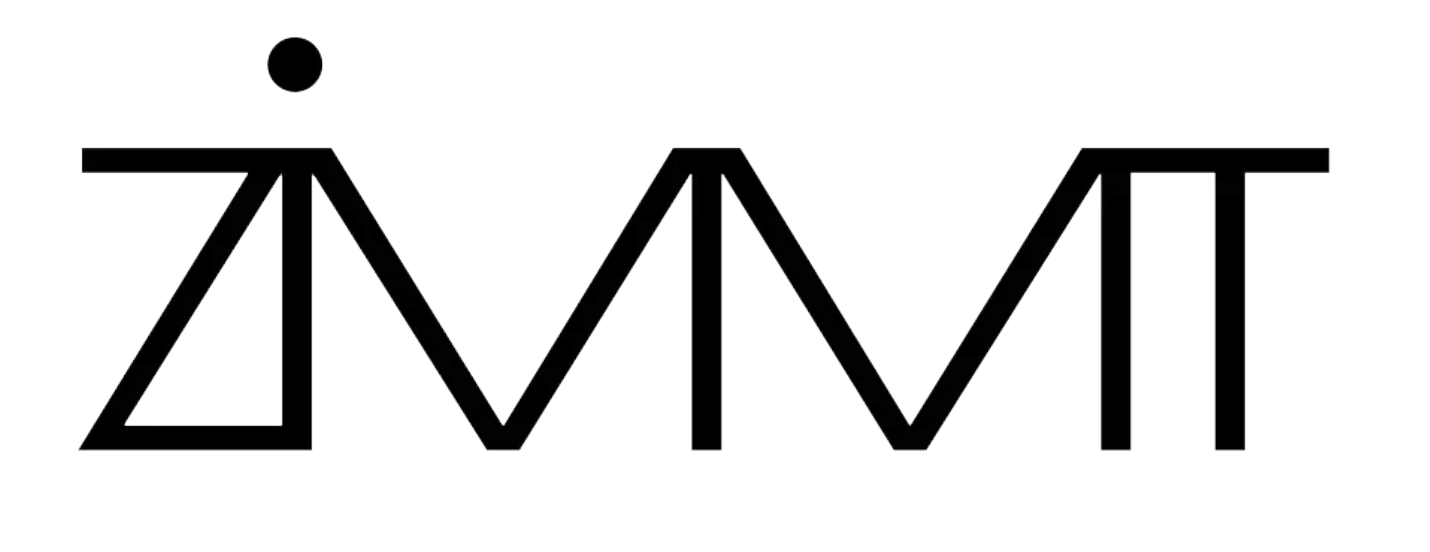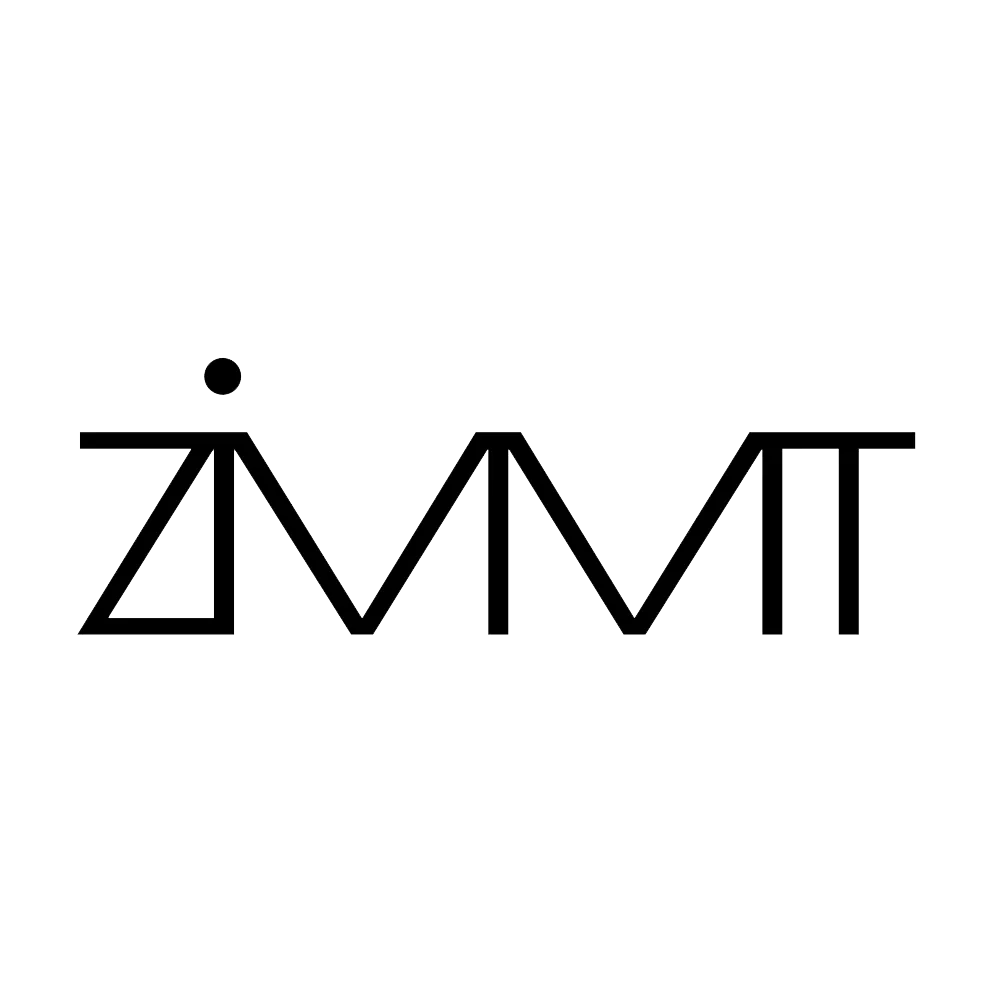Interferenzen
A composition made up of electromagnetic waves / November 4–13, 202
Electromagnetic drones and noisy crackling intertwine and buzz through the space. They need no medium to propagate, no physical body: they travel through the vacuum at the speed of light, regardless of their frequency. Weightlessness. They journey through the universe. Electromagnetic waves are commonly known as light and follow the laws of optics. These include radio and television waves, microwaves, infrared rays, visible light, ultraviolet light, X-rays, and gamma rays.
We are surrounded by a high-frequency electromagnetic sea, produced by internet masts, mobile phones, laptops, radios, and so on. Normally inaudible, they sometimes produce audible interference between systems. They can cause radio disturbances; the interference resistance and emissions of devices are regulated by law, including regulations limiting electromagnetic fields and radio equipment.
Captured from the inaudible and transformed into the audible—sonified—this reality becomes perceptible, making an invisible world around us more tangible. In the installation, electromagnetic waves are the sound sources.
KATHARINA BÉVAND
Katharina Bévand is a sound artist based in Berlin. She creates site-specific sound installations and sound sculptures and performs with modular synthesizers. She works with processed field recordings, advanced recording techniques, and the resonance of spaces and objects. Recently, she received a research fellowship from the Berlin Senate. In 2017, she was awarded by “bonn hören – sonotopia,” the Beethoven Foundation for Art and Culture Bonn, and from 2018 to 2020 she served as a board member of the Berlin Society for New Music (Berliner Gesellschaft für Neue Musik e.V.).
Her works have been exhibited internationally, including at the FK:K IV Festival in Bamberg, LTK4 in Cologne, DARB1718 in Egypt, Madou Sugar Factory Art Triennale in Taiwan, Dystopia Festival for Sound Art in Berlin, and Space21 Festival in the Autonomous Region of Kurdistan in Northern Iraq. In 2018, she received a scholarship from the Institute for Foreign Cultural Relations (ifa) and the Goethe Institute in Erbil.
Decay 2022—22424
Immersive Sound Sculpture / November 4–13, 2022
Decay is the decay of the atom, the decomposition of the metal plates, the dying of sounds, the fading of resonance.
Decay deals with radioactive decay processes and extreme time spans that lie beyond human perception, lifespan, and imagination. The sound sculpture exhibited here is designed to play for 20,402 years.
The “Site Selection Act” (StandAG) of May 5, 2017, regulating the handling of radioactive waste, mandates safe storage for one million years. Decay is an artistic attempt to foster a better understanding of such vast time scales.
The average rate of human expansion from the African continent was about 400 meters per year.
Homo erectus, the first hominin species capable of walking like a modern human, appeared approximately 1.8 million years ago.
Neanderthals lived between 230,000 and 30,000 years ago.
The oldest cave painting in the world, discovered in 2017 in a cave on Sulawesi, is 45,000 years old and depicts a life-sized warty pig.
The isotope Neptunium-237, a byproduct of nuclear fission, has a half-life of 2.144 million years.
Linguists estimate that after no more than 10,000 years, all languages spoken today will show no recognizable relationship to their roots.
The driving force and impulse generator of Decay is a weakly radioactive uranium glass. For every radioactive decay detected by a Geiger counter, a drop is released from an electronically controlled valve at the top of the column, falls onto the uppermost metal plate, and sets it vibrating. This vibration resonates through the plates below, which are connected in a complex network of electroacoustic feedback via contact speakers and microphones.
Over time, the drop alters the resonance properties of the metal plates. Exposure to oxygen and water causes the metal to rust and eventually dissolve after a calculated period, causing the drop to fall onto the next plate beneath, which then becomes the new sounding plate. This is a slow but continuous process of decay, directly linked to the radioactive material’s decay. The sounds continuously disintegrate and slowly fade away.
The intended lifespan of each metal plate and the resulting total performance duration are determined by the chosen metal alloys, material thickness, and environmental influences. With support from experts at the Max Planck Institute for Iron Research in Düsseldorf, the composition of the plates was calculated as precisely as possible using corrosion tables. Since their scientific focus rarely extends beyond timeframes longer than 100 years, the stated duration is an extrapolation. Minor factors and variables such as humidity, salt content in the air, water pH, and many others can have significant impacts on the longevity. Possible deviations in the calculations range from 10,940 to 114,434 years, illustrating the absurd magnitude of small variables over such an immense timespan.
For maintenance, infrastructure preservation, and communicating the sculpture’s concept, a score exists. It contains the concept, general construction, sonic development, and the current acoustic state of the plates, as well as technical details crucial for reconstruction and upkeep of the sculpture. To preserve this information visually—similar to nuclear semiotics—in a way that can still be deciphered even if our current languages are no longer understood, the artist Elisabeth Liselotte Kraus created translations engraved by laser into a glass block.
Decay is a project by IMPULS Sachsen-Anhalt and is funded by Musikfonds e.V.
Concept and implementation: Paul Hauptmeier | Martin Recker
Initiated and curated by Julian Rieken
Circuits: Victor Mazón Gardoqui
Drawings: Elisabeth Liselotte Kraus

All:y:Ears 2022
All:y:Ears is the second edition of the concert and sound installation series Drive In, focusing on 3D audio formats. At All:y:Ears, the emphasis is solely on listening—the auditory, spatial experience—giving perception of music and sounds a new, immersive dimension that allows listeners to dive into virtual-acoustic spheres and environments.
The artists work around genres such as experimental electronic music, sound art, electroacoustic and soundscape composition, multimedia art, contemporary music, and experimental jazz.


